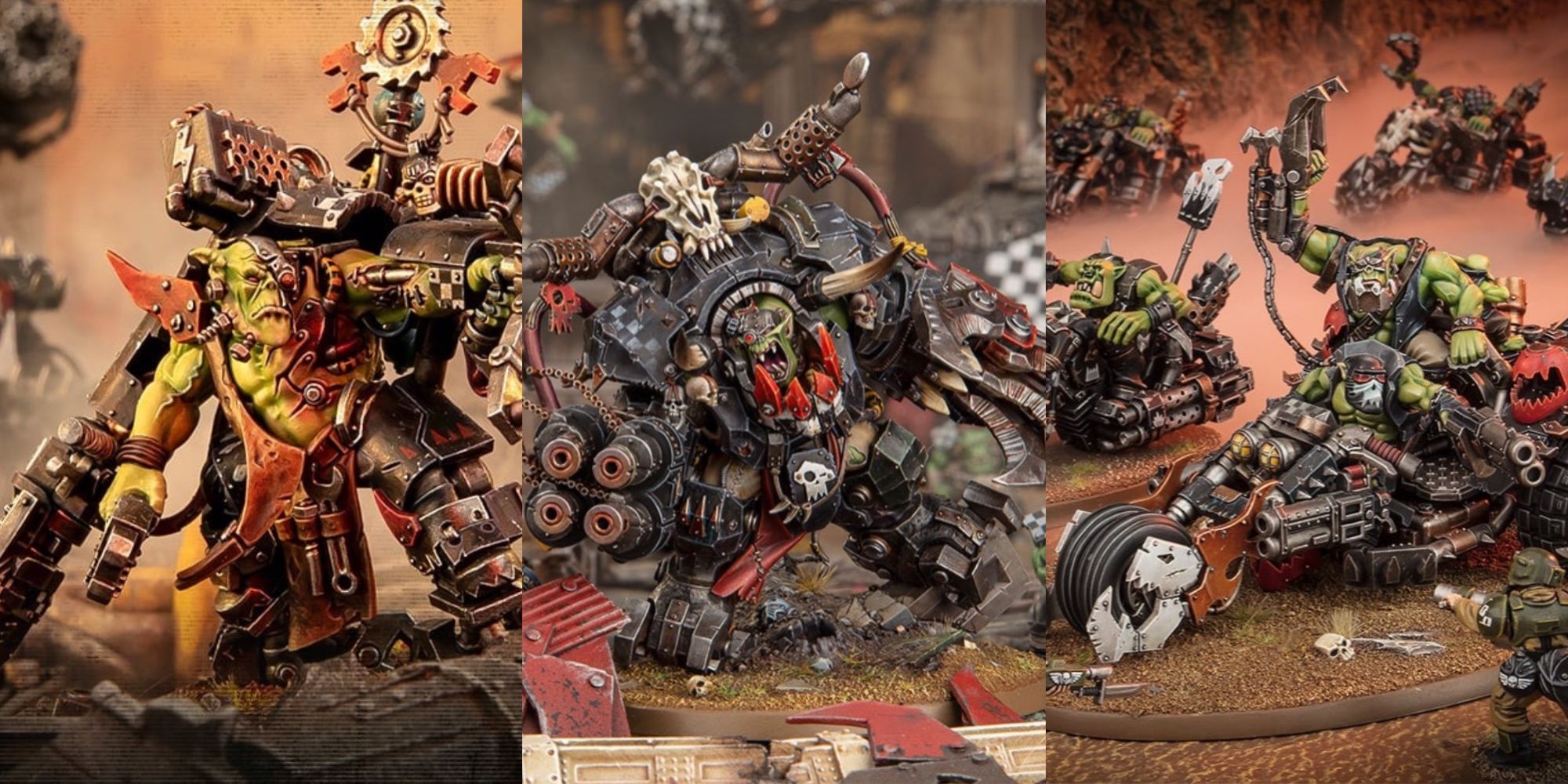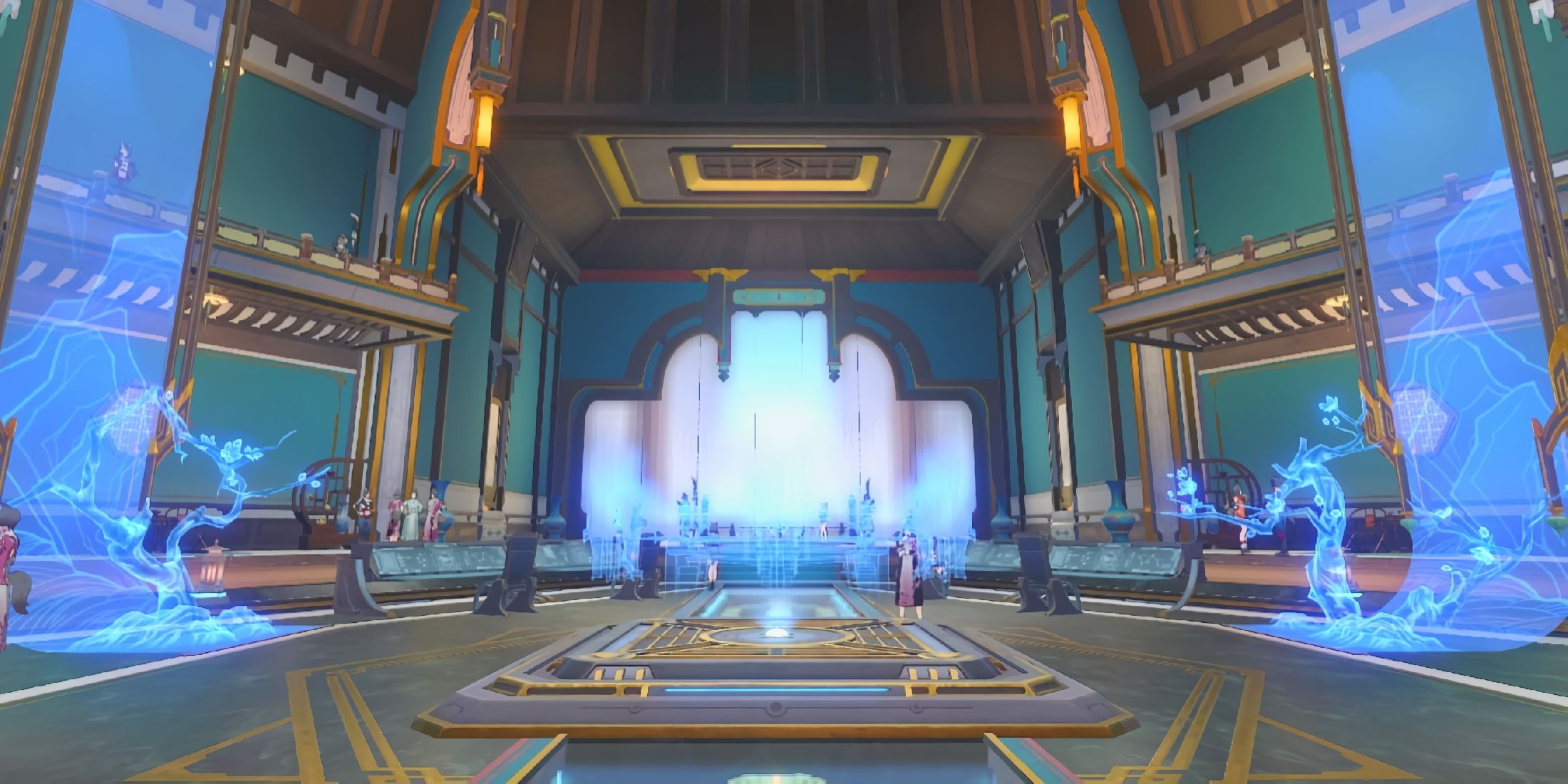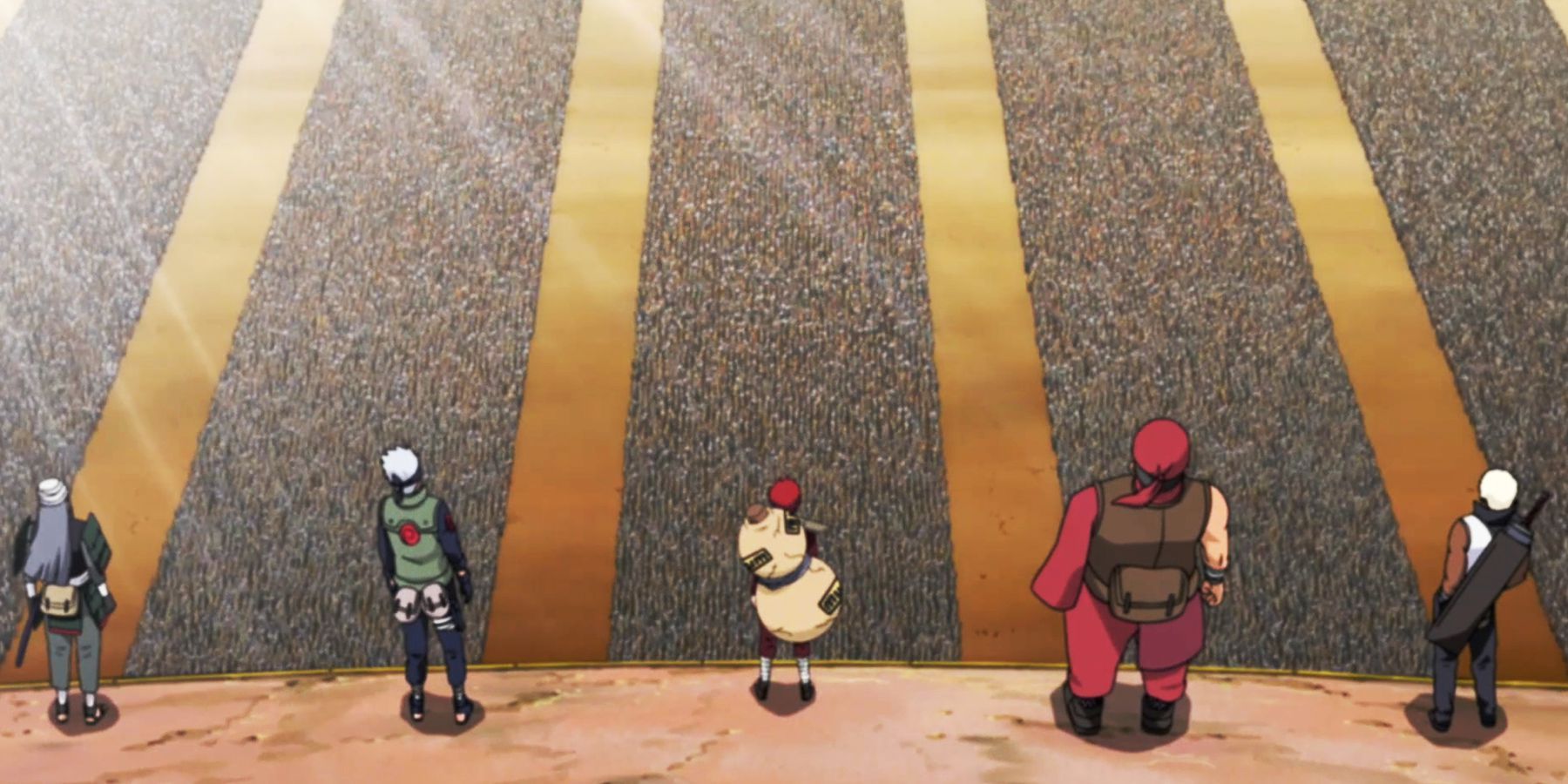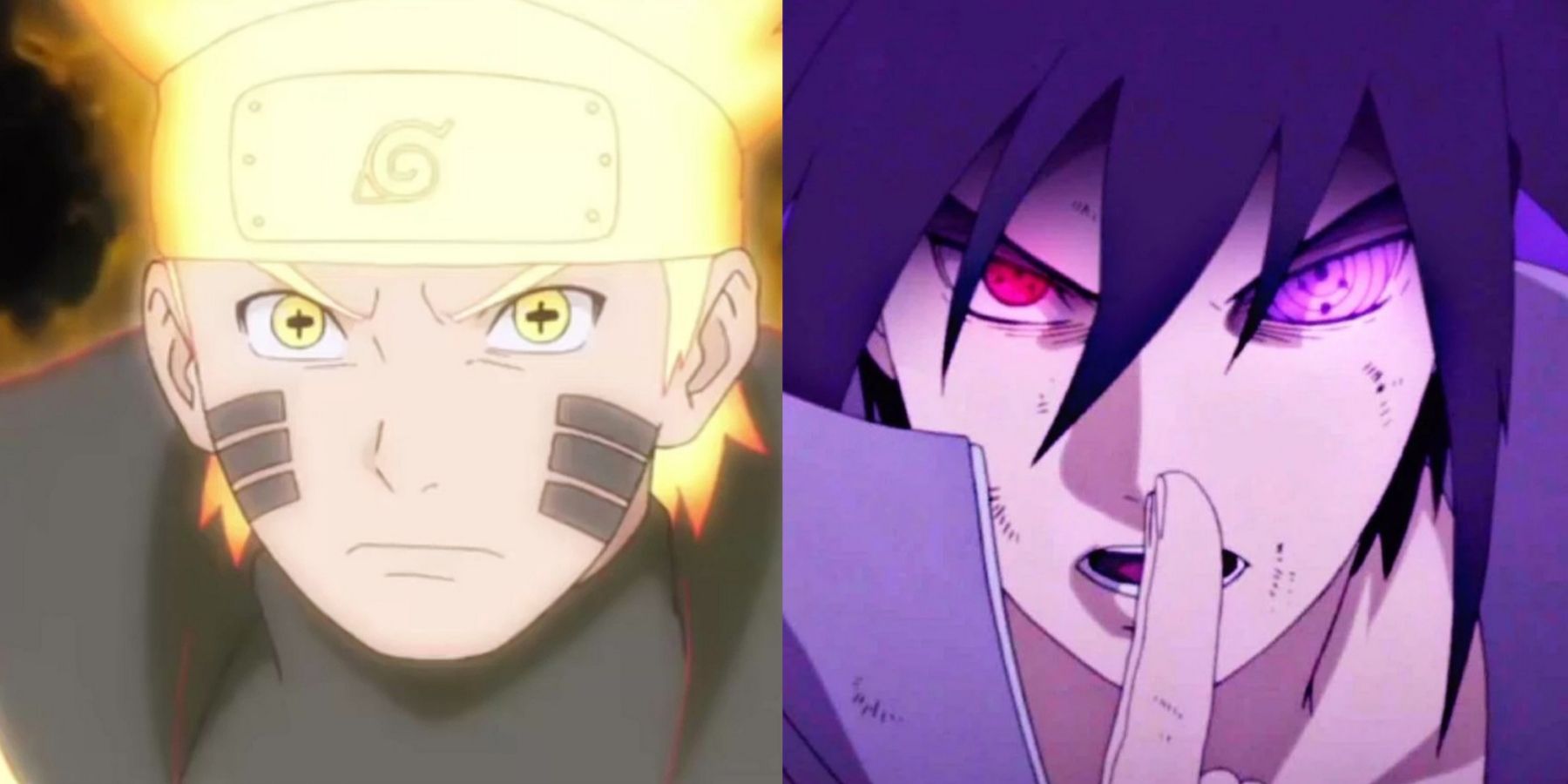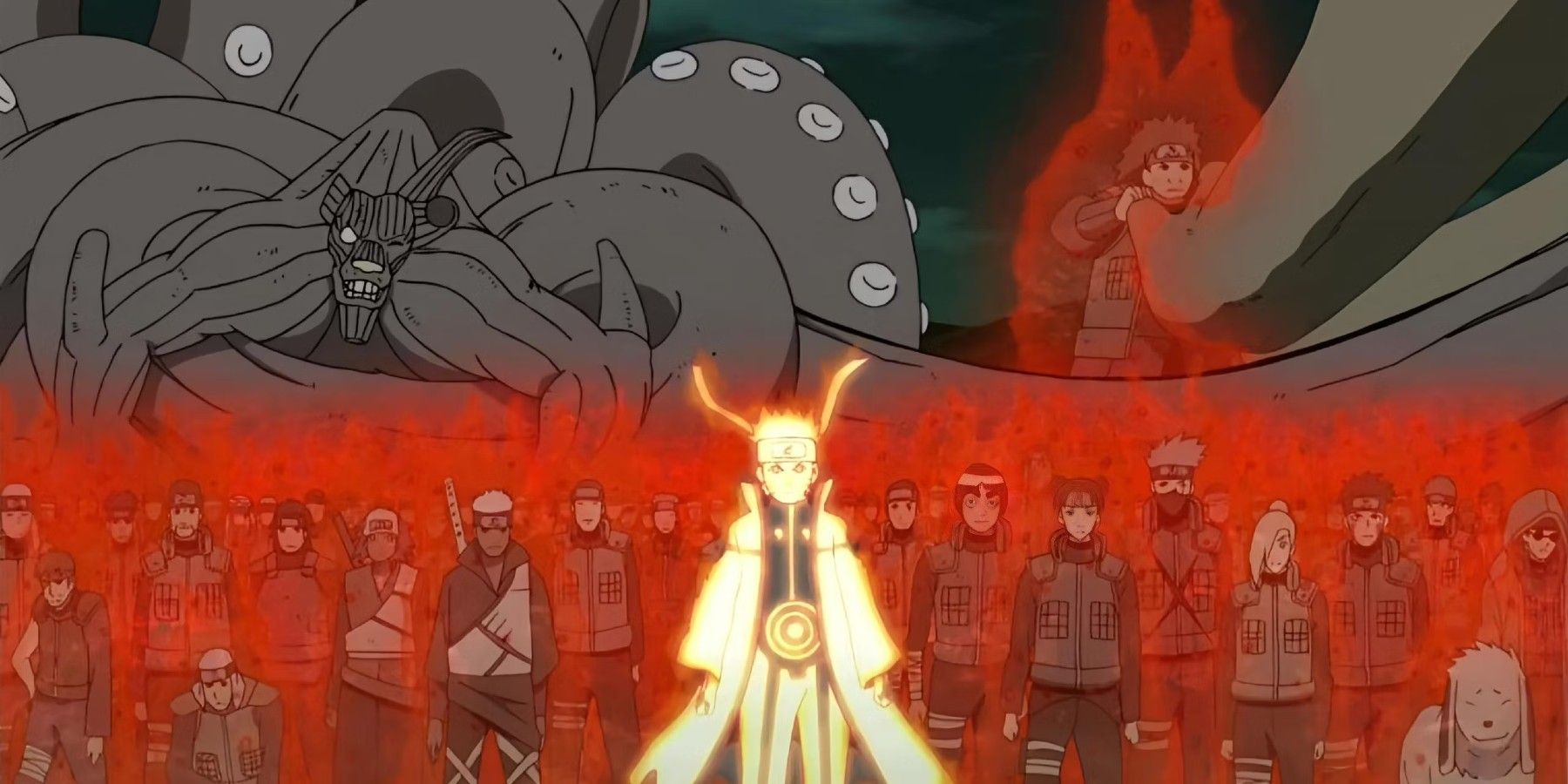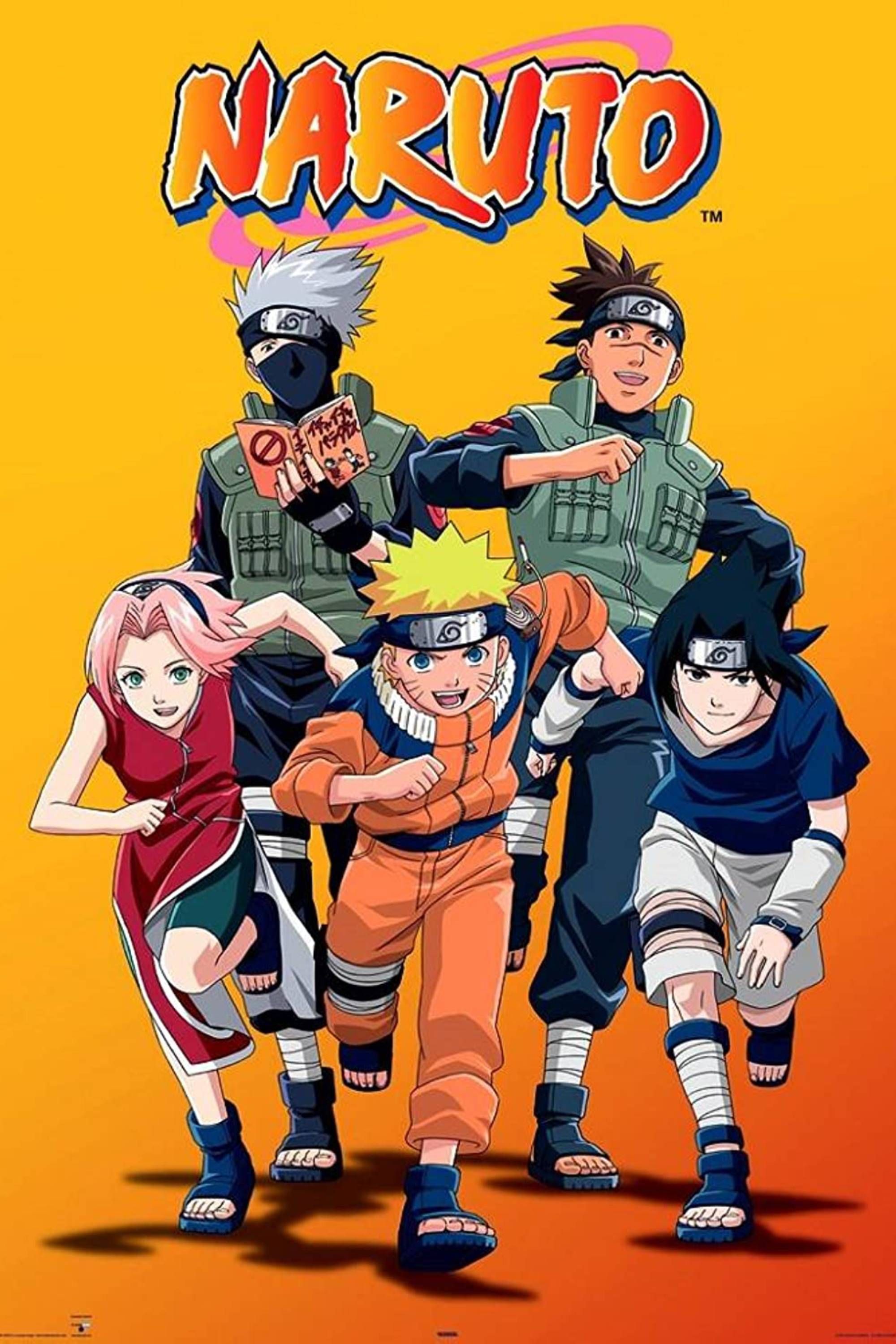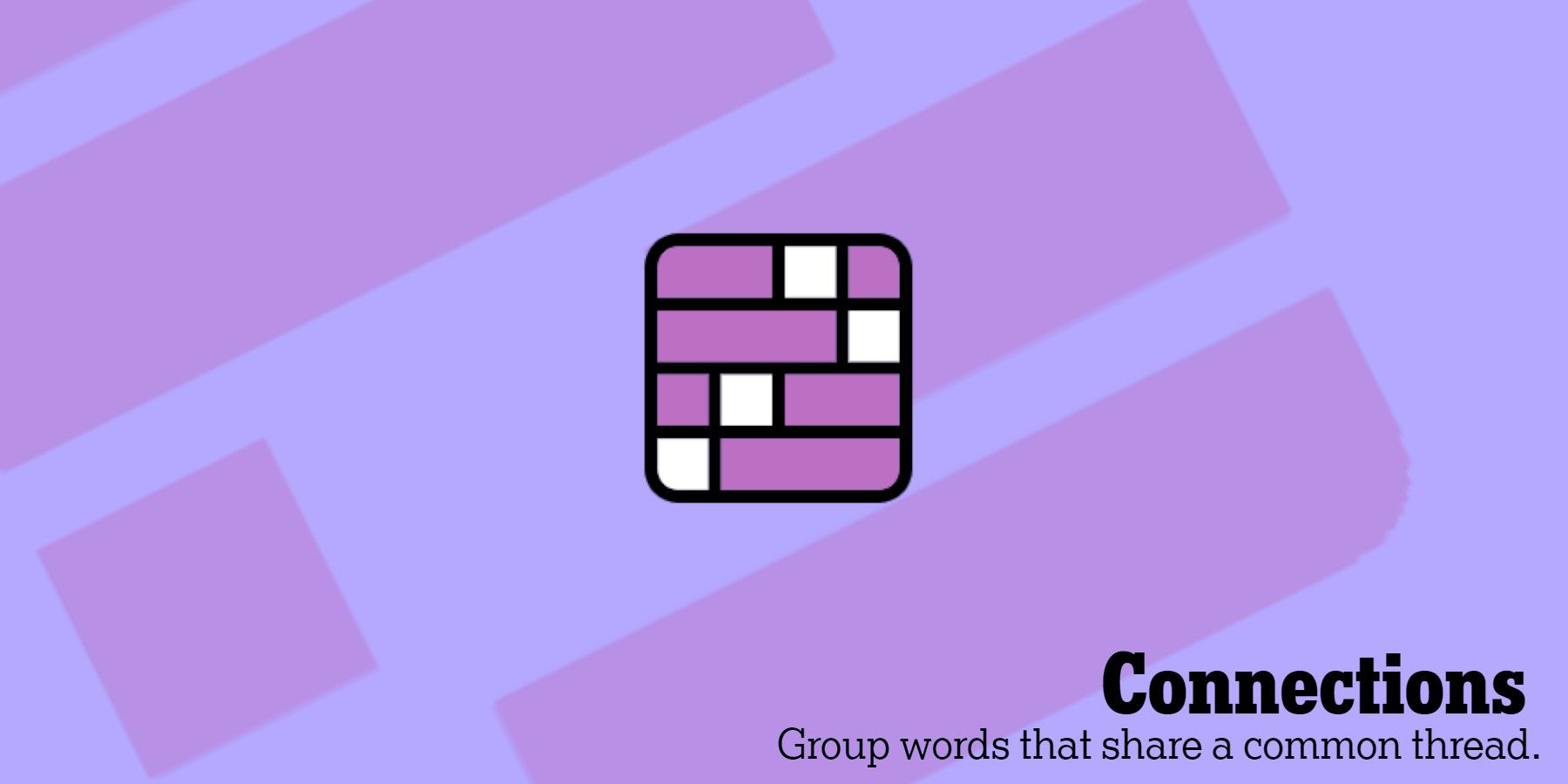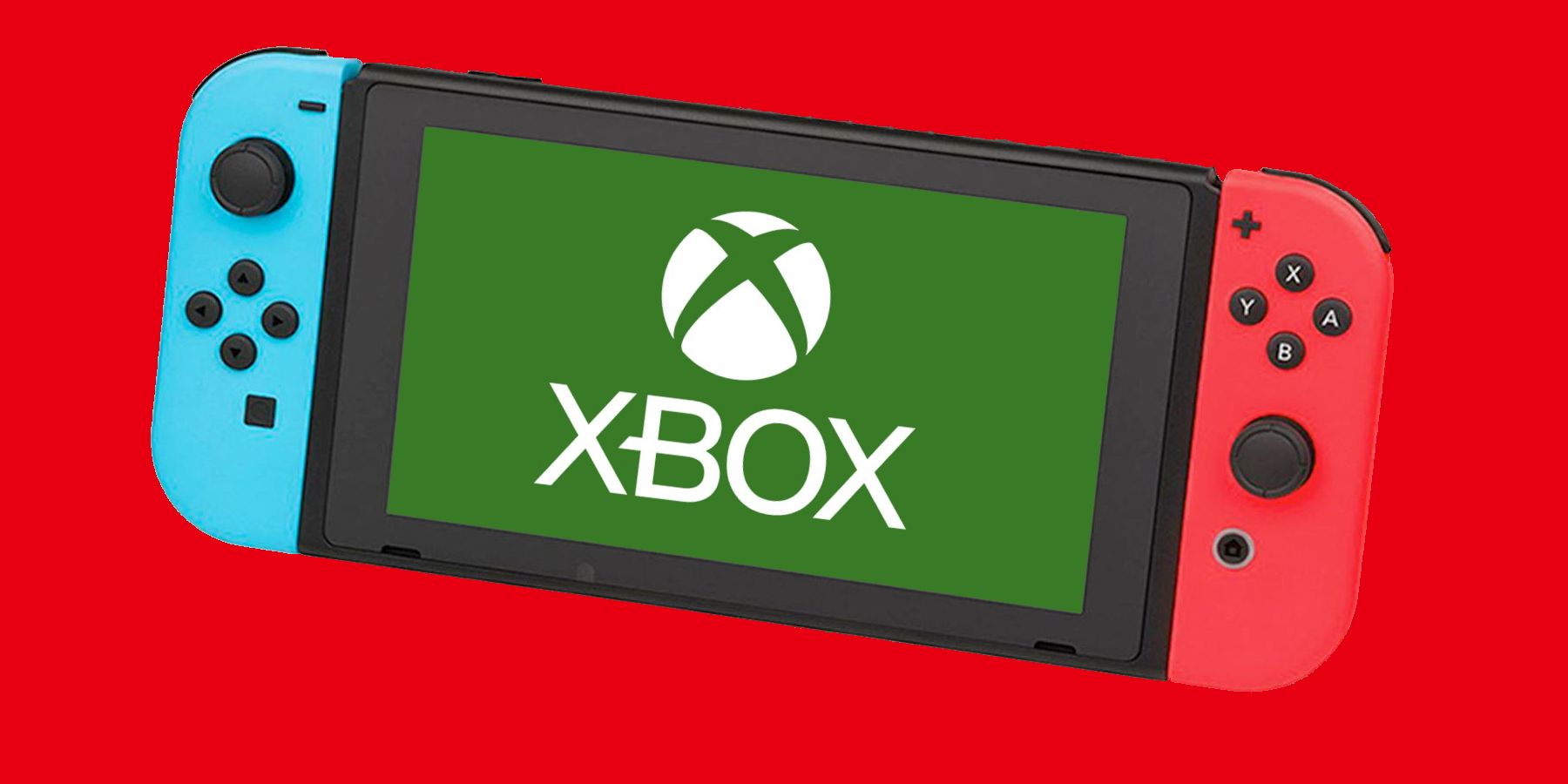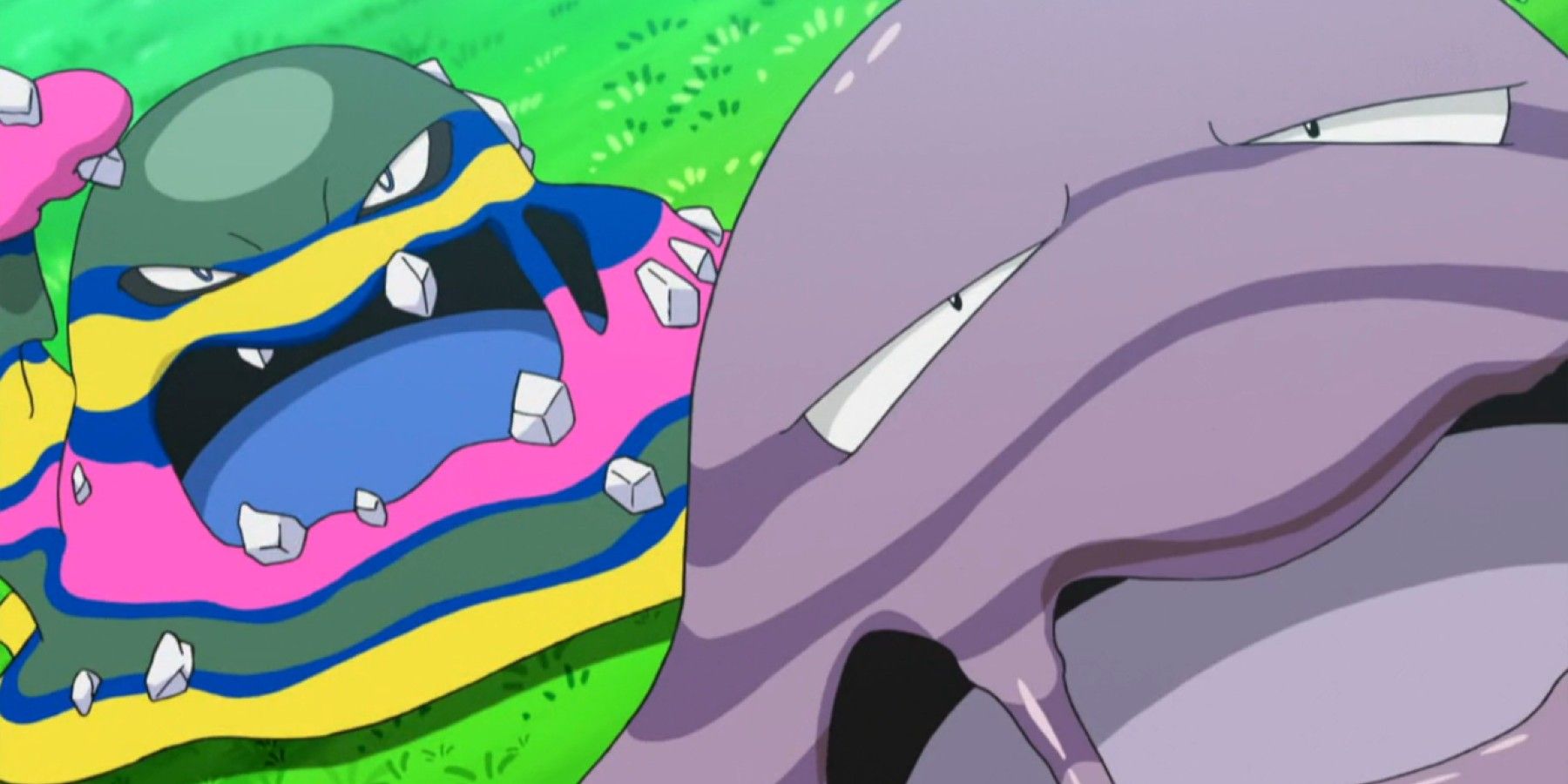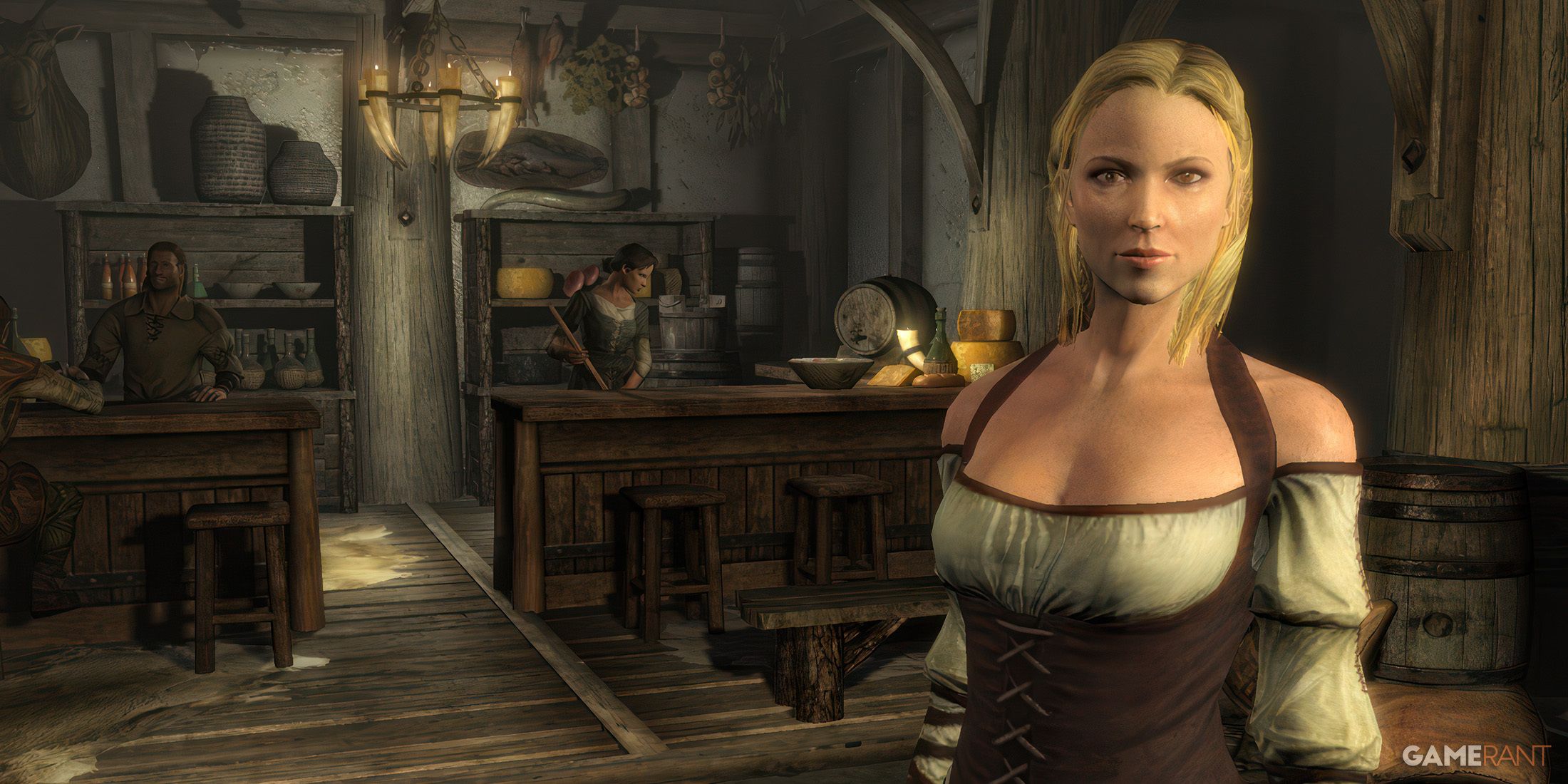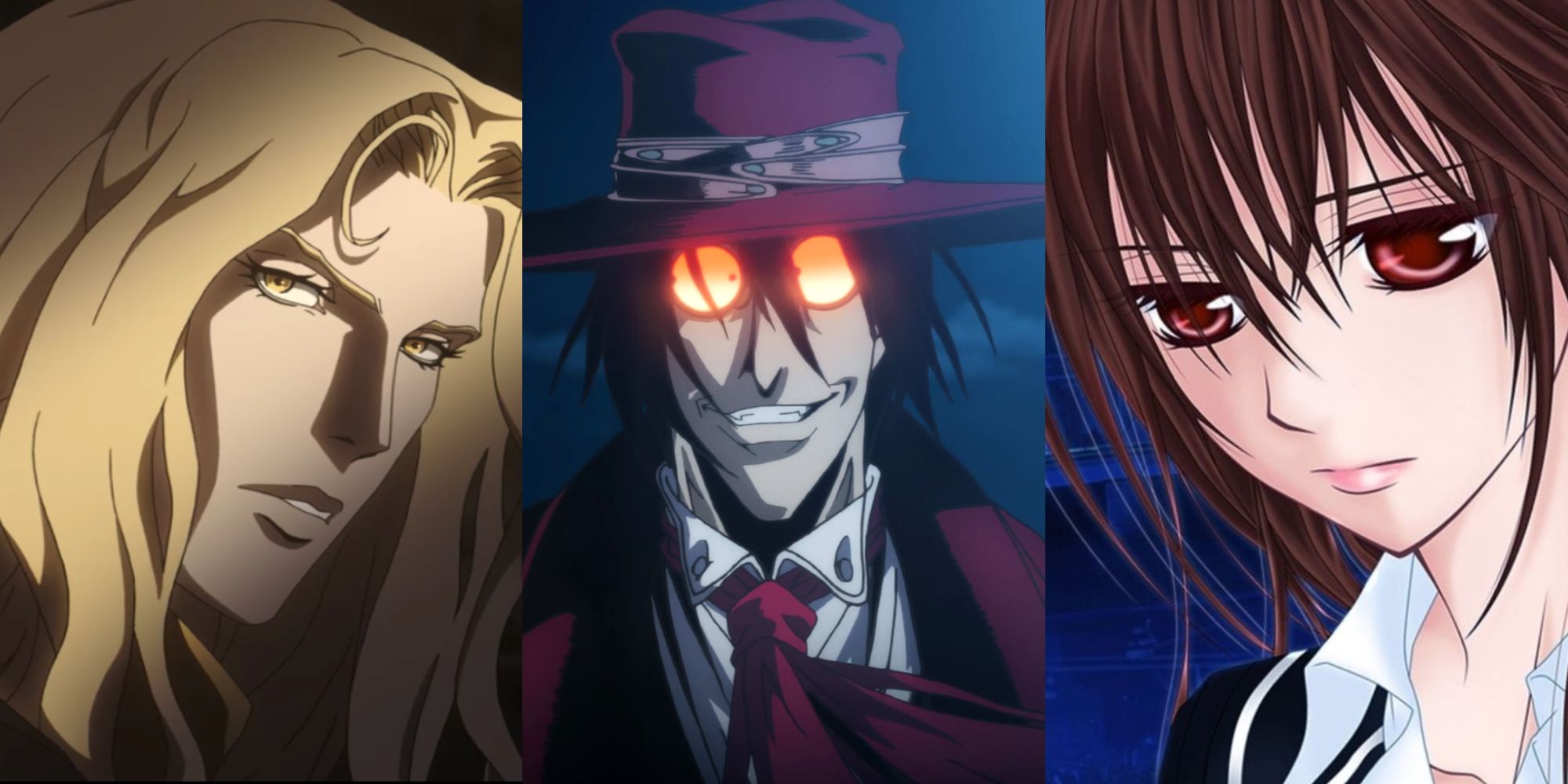Highlights
- The Fourth Great Ninja War united Naruto and Sasuke in a transformative journey towards redemption and understanding.
- The war broke the cycle of hatred in the Shinobi world, fostering cooperation and laying the groundwork for a more peaceful future.
- Significant political and personal transformations resulted from the war, setting the stage for a new era of cooperation and understanding.
The Fourth Great Ninja War profoundly reshaped the Shinobi world in the Naruto series. The war was a significant event that shaped the characters’ lives, the warring Shinobi states, and even the titular character, Naruto. The fight for the Shinobis’s freedom from the Infinite Tsukuyomi’s shackles will bring forth a significant turning point for all the villages.
In this vein, the war instigated by Madara Uchiha brought together an unprecedented alliance from all the five Great Nations that culminated in the battle against Kaguya Ōtsutsuki. The aftermath of the war brought significant political and personal transformations that resolved long-standing conflicts and set the stage for a new era of cooperation and understanding in Naruto.
Related
What Was The Best Story Arc In Naruto?
With so many thrilling narrative segments comprising its story, which arc represents the pinnacle of Masashi Kishimoto’s work on the series?
Naruto and Sasuke’s Transformative Journeys
The Birth Of A Great Friendship
The Fourth Great Ninja War was a crucible for Naruto Uzumaki and Sasuke Uchiha, propelling them on transformative journeys. Naruto, fulfilling the prophecy of being the child of prophecy, united the ninja world against a common enemy and triumphed over evil. Despite the Edo Tensei created by Kabuto, the Ninja world placed their trust in Naruto, solidifying his status as the central hero of the Naruto series. The war forced Naruto to confront his full abilities, leading to his growth and maturity. His leadership qualities, including guiding the Allied Shinobi Forces and making strategic decisions, further solidified his status as the central hero. His ability to unite diverse factions, inspire hope, and triumph over darkness, all of these aspects of his journey, serve as an inspiration for us all.
Initially, Sasuke’s quest is driven by revenge and a desire for power, stemming from the trauma of his clan’s massacre and the influence of his brother, Itachi. During the war, Sasuke’s confrontations with people like Danzo, Obito and his reunion with his resurrected brother force him to reevaluate his understanding of power, justice, and his role in the world. The war brings Sasuke face-to-face with many unresolved issues from his past. His interactions with Itachi during the latter’s temporary resurrection were a turning point for Sasuke’s transformative journey. The brief encounter with Itachi and the previous Hokages –Tobirama and Hashirama– are crucial in Sasuke’s path to redemption, pushing him to consider a broader perspective beyond his vendetta.
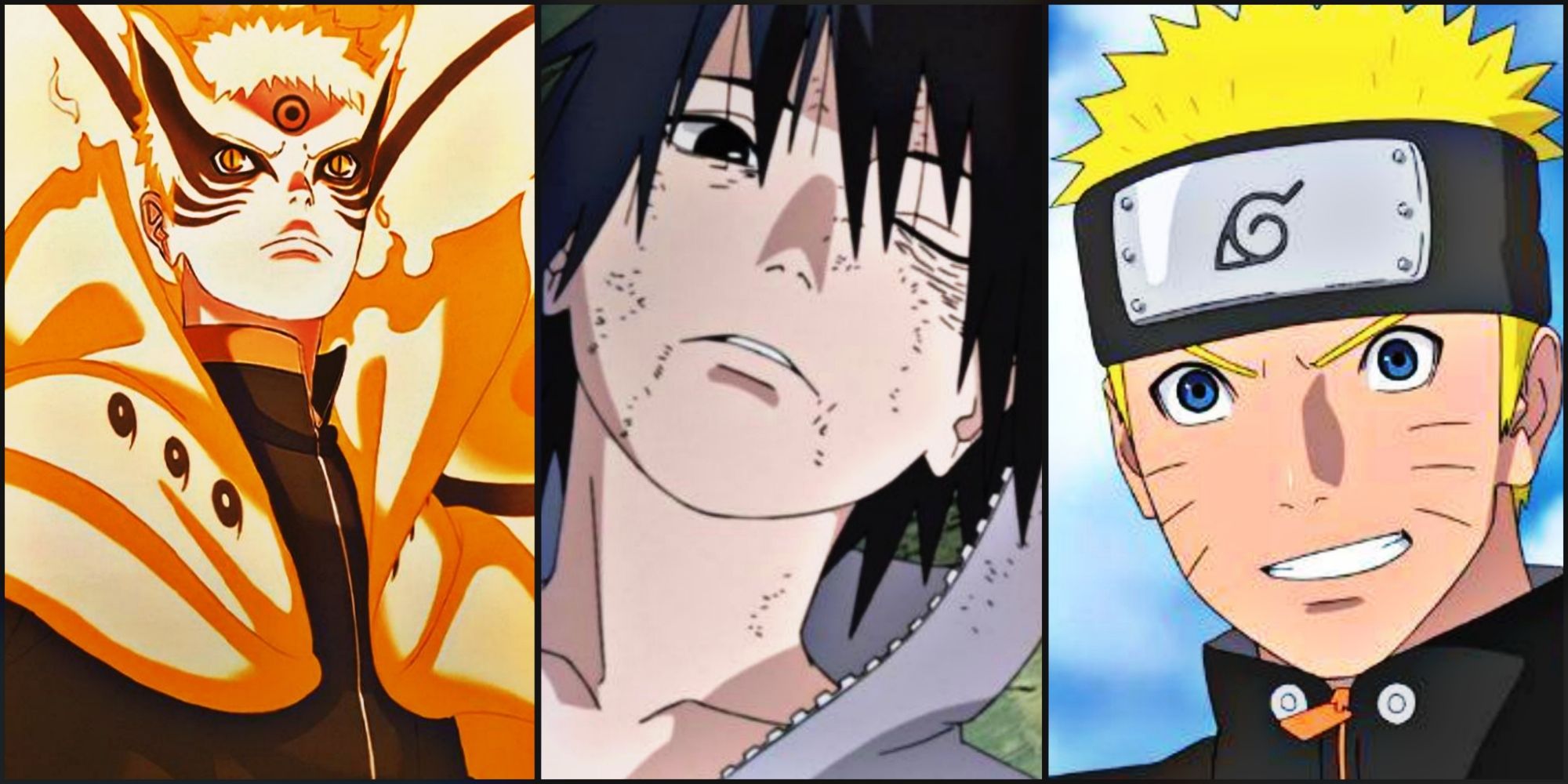
Related
23 Times Naruto Proved He Was Stronger Than Sasuke
Naruto and Sasuke are nearly equal in terms of power, but there have been times where Naruto has clearly pulled ahead.
Sasuke’s decision to join the Allied Shinobi Forces signifies a turning point in his life, as he sets aside personal grudges for the greater good. His cooperation with Naruto becomes a crucible for his redemption, offering opportunities for heroism and self-sacrifice. The final battle between Naruto and Sasuke tests their beliefs and perspectives. The battle’s conclusion, where both Naruto and Sasuke lose an arm, signifies their equal standing and their deep connection. This loss symbolizes the end of their physical and ideological conflict, marking a new beginning of mutual respect and understanding. This sets the stage for their future roles as leaders in the ninja world, with Naruto’s journey towards becoming Hokage and Sasuke’s path towards redemption and support for the Village from the shadows.
Breaking The Cycle Of Hatred
A Catalyst for Change
During the Fourth Great Ninja War, the Shinobi world faced a common enemy, which made the Shinobis work together. Villages that were once sworn enemies are forced to work together against a common threat. While this unlikely alliance doesn’t completely eradicate the cycle of hatred in the Shinobi world, it lays the groundwork for a future where cooperation is valued over conflict. The cycle of hatred and violence in the Shinobi world led to the formation of Akatsuki by Negato.
However, the cycle of violence led to Yahiko’s death and instigated a reformation of the Akatsuki ideologies, thus leading to the idea of the Infinite Tsukuyomi. Though fragile, the alliance forged during the war remains a testament to the possibility of understanding. Likewise, the cycle of hatred may not be completely shattered, but its grip loosened during the war.
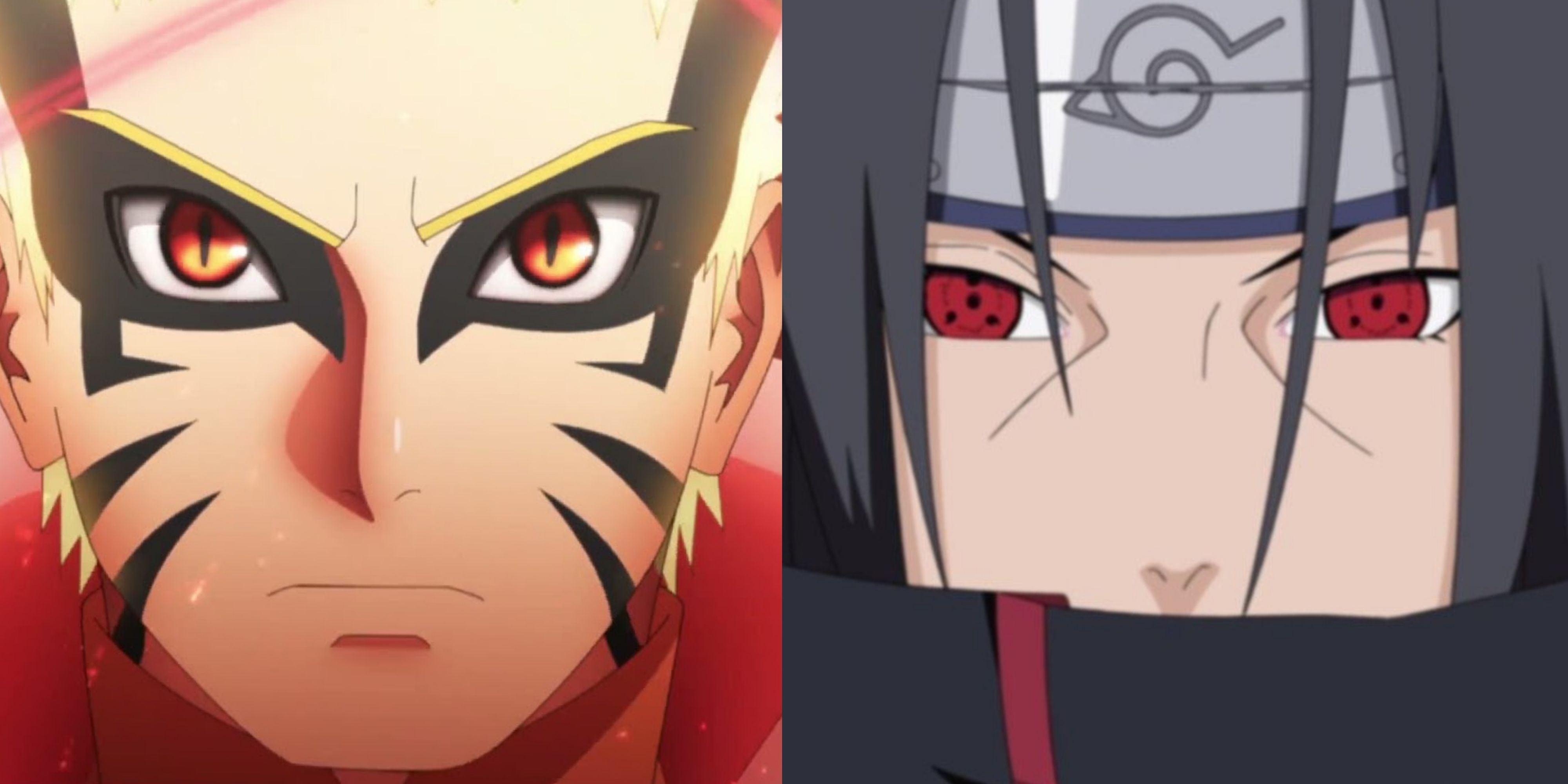
Related
Naruto: 12 Strongest Clans In The Series
Many powerful clans are introduced throughout the Naruto series, though these twelve clans stand above the rest as the strongest in the series.
Characters like Obito and Sasuke, initially consumed by vengeance, are forced to confront the darkness in their path. Also, Naruto’s belief in redemption serves as a counterpoint to Sasuke’s darkness, offering a path toward forgiveness and healing. The aftermath of the war reflects the potential for change among the once-warring villages. While crumbs of challenges will remain, the narrative emphasizes the efforts to create a future where communication and empathy trump violence and animosity.
The Fourth Great Ninja War may have been a devastating conflict due to the legacy of loss that transpired. However, losing people is inevitable in war, and in the long run, it led to a change in the Shinobi world due to its devastating effects. Also, the war led to significant political changes like the Kage Summit, which became a platform for dialogue and collaboration, reducing the likelihood of future conflicts. These reforms are essential in creating sustainable peace and fostering a more inclusive and cooperative Shinobi world. The Fourth Great Ninja War offered a glimpse of a world where cooperation and understanding paved the way for a more peaceful future.
Naruto is available to stream on Prime Video.
